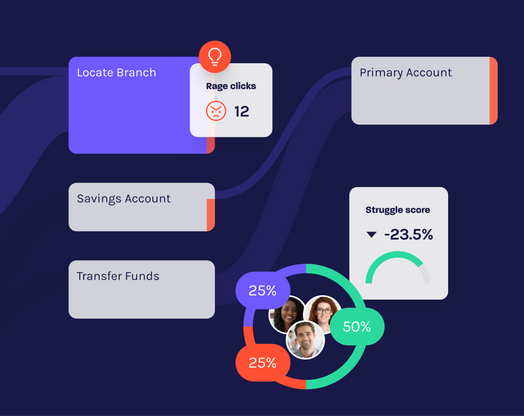
Three steps to improve your compliance transformation
Privacy and the sanctity of data are ever-increasing concerns in our daily online existence. In recognition of this, the EU has enacted the General Data Protection Regulation, or GDPR, which goes into full effect on May 25, 2018, after a two-year transition period.
Hopefully, you’ve made good use of the past two years to ensure GDPR compliance. It’s going to be essential for any business serving customers in the EU, and we suspect it’s only a matter of time before other countries adopt similar strategies.
The GDPR rests at the intersection of individual privacy and business efficiency. Customer data and meta data allows businesses to improve the customer experience. People want an improved online experience, but they want to know that their data isn’t being sold, or made vulnerable to hacking attacks. The EU is taking steps to protect their citizens, but everyone can benefit from improved data security. The steps listed here will help you make sure you keep your customer’s data protected.
Step 1: Ensure your DPO is properly trained
Knowledge is key to the enactment of the GDPR, and this means making sure all necessary staff is briefed on new procedures and how the website or mobile app will need to be altered to accommodate these policies. Is your Data Protection Officer (DPO) apprised of what their new duties will be? Do they have a complete understanding of the GDPR? You have around a month to provide them with any additional training they may need in order to ensure a smooth compliance transformation.
It is also important that there is a clear and concise process in place for your DPO to report any data breaches to the authorities, and if necessary, to the impacted customers. Take this time before the GDPR is enacted to cover your bases and make sure there are as many safeguards in place as possible to protect your customers’ security and privacy.
Step 2: Consent matters
Consent is one of the key principles of the GDPR. It’s key that your EU-based customers understand what data you’re collecting and how it’s going to be used. They need to consent to website session recording and other methods of data collection before you can use this information to analyze their customer experience.
This is even more important if any of the data collected is regarding minors, as they enjoy additional protections under the GDPR.
Ensure that any data collection is clearly communicated ahead of time and that you have an opt-in system, rather than an opt-out system. There should also be a clear process in line for customers to take advantage of the Right to Access and Right to Erasure, should they have concerns about the use and storage of their data.
Step 3: How private is private?
Privacy is at the core of GDPR. Customers need to consent to their data being collected and stored safely under your control. Whether you opt for encryption or tokenization, the keys need to be in your hands. Likewise, your business should be defaulting to the highest possible standards of privacy, leaving it up to the customer to adopt lower privacy settings rather than requiring extra steps for maximum security.
Issues of privacy are of concern to both individuals and corporations. We’ve all seen the damage that can be done by a security breach. Leaked customer data can damage consumer trust, even among customers who weren’t directly impacted by the breach. There are many steps you can take to improve your company’s data security, and there is no reason not to update your systems now. Security and privacy are never issues to take lightly, and in the age of digital security threats, it is beneficial to make these changes now rather than after the fact. Data security is most certainly a field where you want to be ahead of the curve, both for the sake of your users, and your organization.
Are You ready?
Compliance transformation doesn’t have to be overwhelming. This article can serve as a checklist to help you see that you are, in fact, ready, or what further actions need to be taken. You can be compliant while still getting the most out of your customer journey analytics. Privacy regulations can only improve customer confidence in how you collect and use their data.
By taking the necessary steps to comply with the GDPR and internal data security policies, subsequent changes will be more manageable. The second benefit is for the customers. The more confident a user is that their data is safe, the more likely it is that they will return to your site in the future. Ultimately, better security now breeds better business later.








